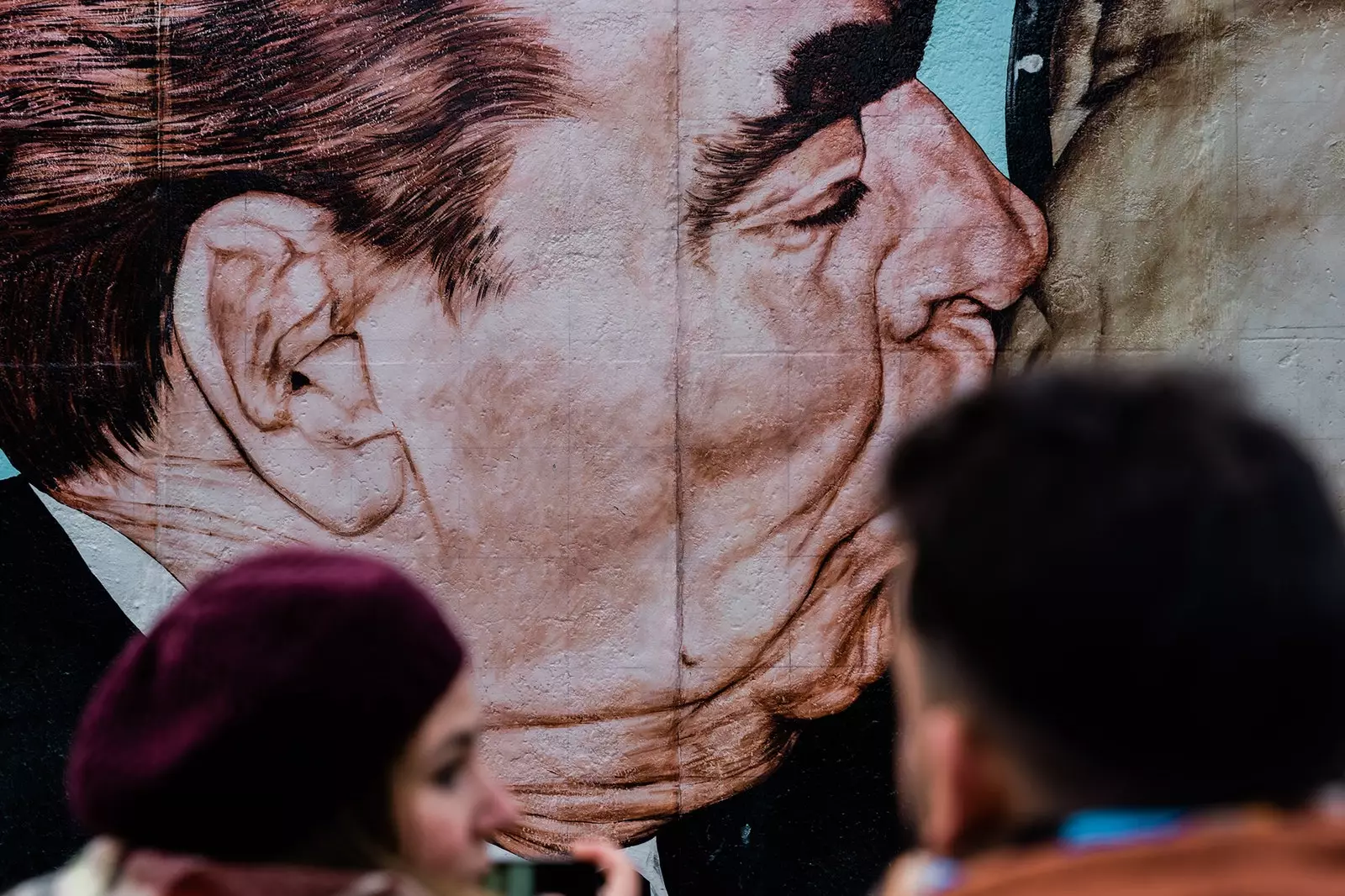
Berlin Wall
imagine it is October 1989 and you live in berlin , in the eastern part of the city, the one that belongs to the German Democratic Republic . And you are happy with it, because your strong communist ideas . There are only a few days left for the fall of the wall, but you obviously don't know that and, in fact, you won't find out until many months after it happens, because you suffer a seizure and go into a coma.
Waking up eight months later, your son, who looks very much like a very young Daniel Bruhl , does everything possible and impossible so that you do not find out that you have woken up in a capitalist and reunified Germany . His goal is to save you, in full convalescence, the impact of assume that communism is part of the city's past , despite the fact that huge Coca-Cola signs begin to unfurl on the facades of buildings.
All this mess occurs in the successful German film, from 2003, called Goodbye Lenin! , which shows us, with a humorous tone, a bittersweet portrait of personal renunciations that brought with it that shocking historical moment.
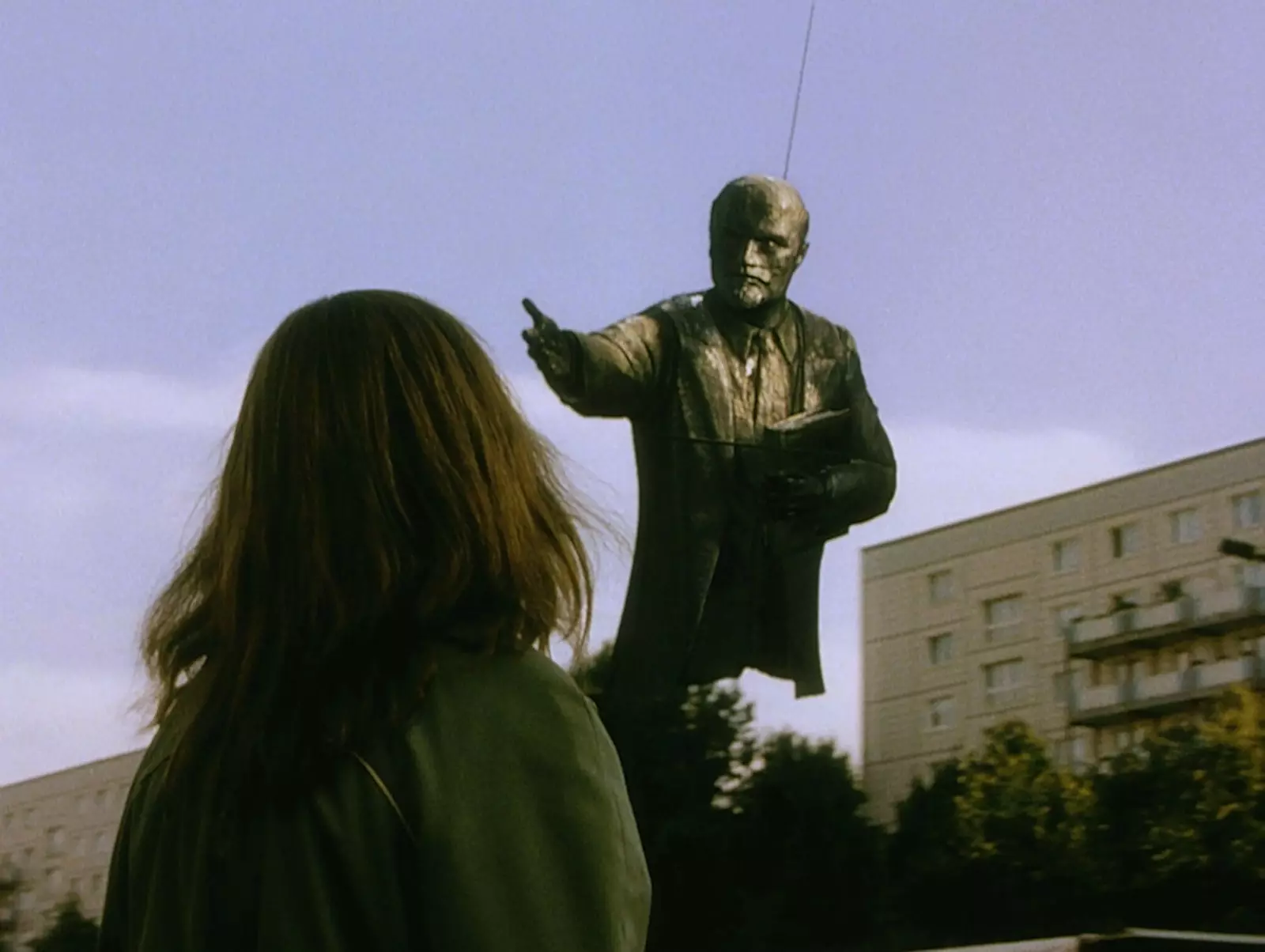
Goodbye Lenin!
On November 9, 2019, the 30 years after the destruction of that wall that seemed invincible, but ended up falling in just one night at the hands of the Berliners themselves; and the German capital has taken advantage of the occasion to celebrate that moment in which the city ceased to be two universes.
Paradoxically, that immense wall, which was symbol of a system that built it to protect itself from capitalism and of everything that revolves around it, it has become a key point of the tourist pilgrimage, in which the selfie most coveted by visitors takes place in front of its most famous graffiti: the brotherly kiss on the mouth between two men . One is the leader of the Soviet Union, Leonid Brezhnev , and, the other, his counterpart from the Democratic Republic of Germany, Erich Honecker.
Using this anniversary as an excuse, the hotel Innside by Meliá Berlin Mitte has opened its doors in Chausseestraße, in the middle of Mitte, an area that has become one of the most sophisticated areas of the capital. Cosmopolitan, functional and modern , its rooftop It has excellent views and its restaurant, Craftery , with an excellent letter in which the Currywurst is he dance king.
From there, we intend to get away from the most monumental facet of the German capital and, clad in good coats and hats that shelter our ears, we entrust ourselves to Berlin's autumn, where the cold begins to take over the days, the same ones that give permission to the sun to go out and play until no later than 3:30 p.m. nothing like seeing blush the sky , while still you're fiddling with dessert.
Berlin is like no other city in the world, neither its history nor its resilience . A quality that has allowed, despite its stormy past , have achieved promote respect and memory where there was horror , rejection where there were swastikas and art on the ruins.
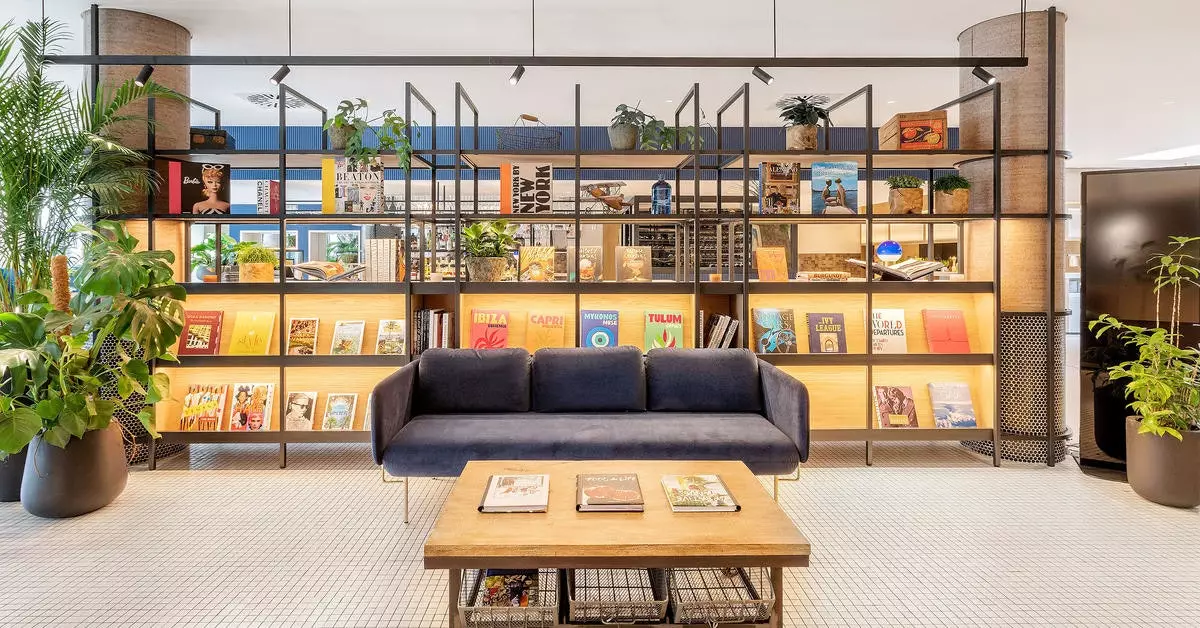
Crafterie, at Hotel Innside by Meliá Berlin Mitte
Since the wall became a scar, the Street art he did what was expected of him: take the streets, transform them and turn your walls into a huge canvas that spreads throughout the city. We could say, without fear of being wrong, that the German capital, more than a city, it's a gallery , because it welcomes the largest concentration of urban art in the entire European continent . It was the fall of the wall and the color overflowing through its streets.
When the city was reunited and the model that occupied the East Berlin streets , many of those people who lived under the soviet bloc crackdown and artists from all over the world gathered in the city to fill it with color and life . Therefore, do not believe those who say that Berlin is a gray city, because all the colors now inhabit the graffiti on its facades.
Once seen the Eastside Gallery where they shake hands the alternative and the purely historical , in the longest section of the Wall; and took the photo in front of the famous communist kiss , there are still many kilometers of urban art to walk through. the complex RAW-Tempel It is possibly the most unknown hidden gallery of all.
If it is about looking for an alternative vision, RAW-Tempel is the epicenter of this version of Berlin . This cultural center is located in an old industrial complex that ceased to be an abandoned place to become, in the hands of local graffiti artists , an icon of urban culture. In the neighborhood Friedrichshain , occupies the space where some old train hangars are located, near some old tracks that today serve the suburban network.
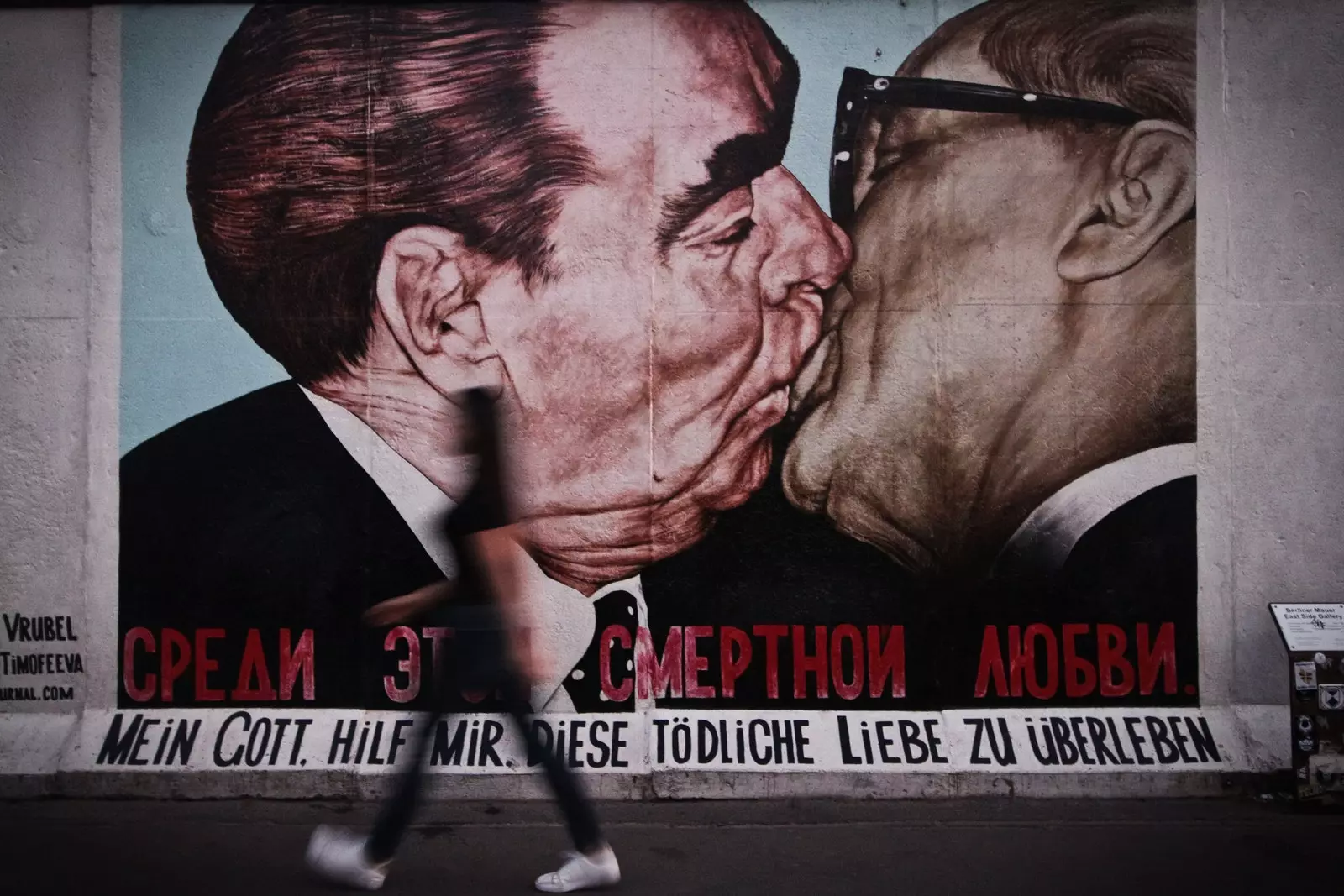
The famous kiss between Leonid Brezhnev and Erich Honecker
Once it was abandoned, street artists began to fill it with their works and, to this day, this self-managed space which was kept secret for many years, is a whole micro-universe of the alternative, in which there is a place to have a drink in a bar, a skate park , a art Gallery and areas for those who want to immerse themselves in the electronic music sound waves.
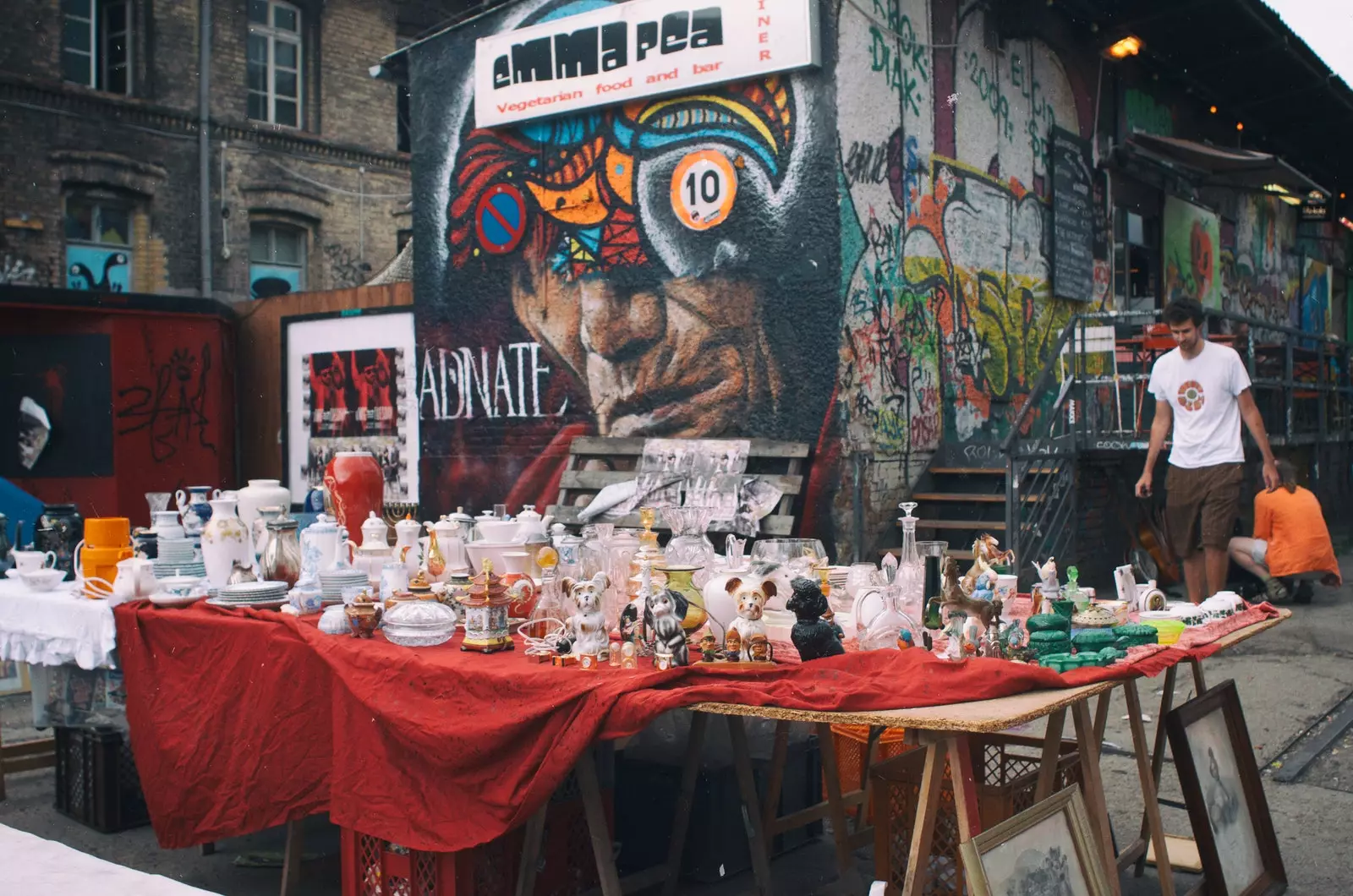
RAW-Tempel
Also Haus Schwarzenberg , the business area, houses a underground space that resists the assault of modernity and the anodyne that our era brings with it.
Very close to the nerve center Alexanderplatz, on Rosenthaler Strasse , we can find the striking Dead Chicken Alley . The curious name was inherited from a group of alternative artists who decided to buy the alley and whose name was "Dead Chickens" since then, it is one of the most unique, irreverent and recommendable in Berlin . Its walls approach the visitor with an explosion of freedom, ideas, colors and graffiti that contrast with what happens outside this alley.
Right in that same place, many years ago, in the brownshirt terror age , a broom and brush factory was located, owned by the German businessman Otto Weidt -an active fighter against Hitler's dictatorship- who, in whose facilities, gave refuge, for long months, to entire families of his workers: Jewish citizens, blind, mute and disabled, whom he employed to protect them from the clutches of the Gestapo.
It is not surprising, then, that, to this day, there rises a museum in his honor , in addition to another dedicated to Anne Frank , a graffiti with his smiling face indicates the exact place.
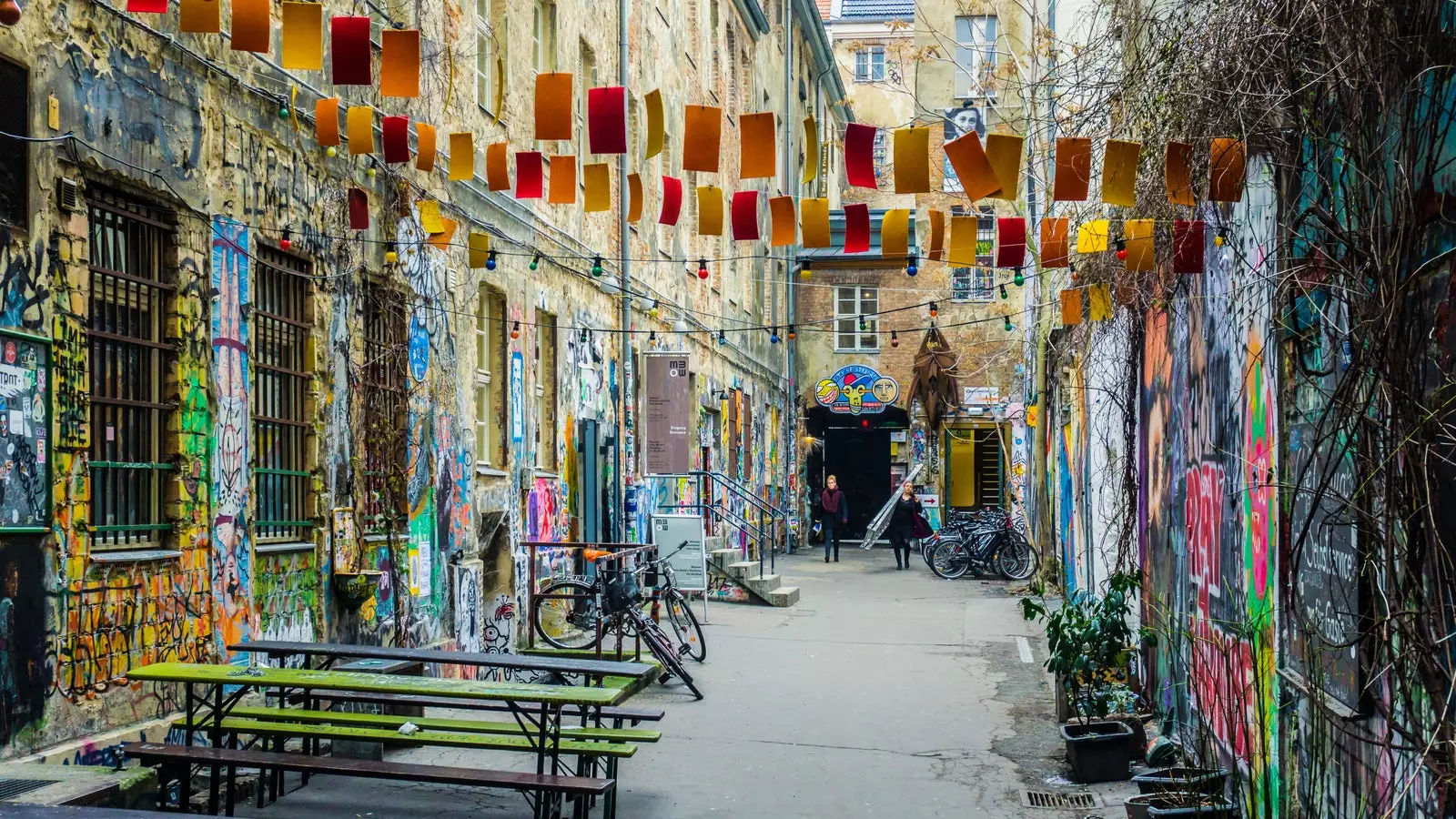
Dead Chicken Alley
As night falls in Berlin, you know, shortly after 3:30 p.m., it may be time to shelter under the canopy and continue contemplating art, but safe from the cold that grows stronger when the sun goes down. A good plan, if we want to continue admiring artistic talent, is to visit the Photography Museum – Helmut Newton Foundation , two institutions that share space in the old casino of the border fortification, very close to the station Zoologischer Garten.
The two lower floors of the building, whose entrance is presided over by a spectacular staircase covered with red carpet and in which, five huge black and white photographs of models without clothes, Made by Helmut Newton , serve as an appetizer for what follows, since we are about to learn about the life and work of one of the most brilliant and important fashion and portrait photographers of the 20th century , in which female nudes and stiletto heels are his hallmark.
If contemplating art feeds certain emotions, eating well even more so. And if it is with good views, perfection is achieved. From the Neni restaurant , Specialized in Israeli and Middle Eastern cuisine , one can enjoy a wonderful lunch while contemplating, from this enormous glass box located on the tenth floor, West Berlin, the Tiergarten and the Kaiser Wilhelm Memorial Church , sadly called “the chipped tooth”, because it was bombed during the Second World War.
Once this was finished, the decision was made to turn it into a memorial , to remember the folly of war. Another example that in Berlin, where there are scars, art always flourishes.
